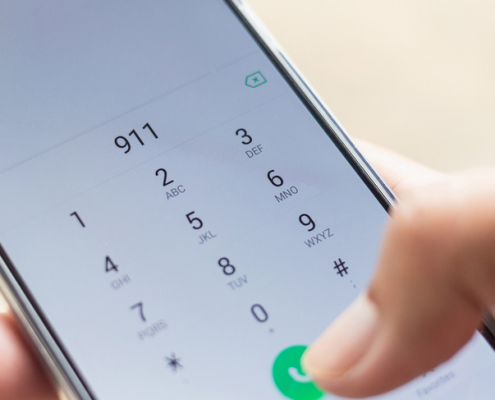
Choosing your disaster recovery team
When disaster strikes, your business - and your bottom line - will suffer if you don't have a disaster recovery plan. The trouble is, without a team in place to execute your plan, even the most carefully constructed strategy falls apart. Here's who to ensure you have on your disaster recovery team, so you're covering all areas of IT.

Disaster Recovery Planning Step 12 - Insurance, Finance & Legal Info
There is more to surviving a disaster than making sure your data is safe and accessible. Money is needed to run a business, so make sure you have access to cash during and after a disaster. Setting up banking lines as well as timely filing of insurance claims can help your business survive financially until the emergency dissipates. Read on to find out what your Disaster Plan should contain.

Disaster Recovery Planning Step 11 – Notification Matrix
A good Disaster Recovery Plan (DRP) gives your people everything they need to operate during and after a disaster. Even day-to-day problems can be covered in a DRP, such as plumbing issues, electrical malfunctions, security problems, etc. Be as comprehensive as possible by taking “thinking” as much as possible out of the equation.

4 business continuity planning essentials (Part 2 of 2)
Disasters are inevitable. Floods, fires, cyberattacks, and hardware failures happen – it’s how your business responds that matters. And that’s where business continuity planning comes into play.

Disaster Recovery Planning Step 10 – Client Contacts
When disaster strikes, if you’re not able to demonstrate that your company not only survived the disaster but is recovering quickly, as planned, your customers may start jumping ship. Having the ability to contact your customers to reassure them is vital to your survival. Read on.

Backup or business continuity? What businesses need in 2019
Data backups are only one part of a proper business continuity plan. Having that plan in place means being ready for anything - we’ll show you how to prep.

Disaster Recovery Planning Step 8 – Employee Contact Information
Great plans often begin with the basics. You’d be surprised at how many plans lack basic information. Employee contact information should be at the appropriate manager’s fingertips. Departments should not have to wait for Human Resources to give them contact information before managers can notify their employees. Make this a part of your plan. Read and find out how.

RTO and RPO: What they are and why they matter
RTO and RPO are two integral aspects of disaster recovery – that is Recovery Time Objective and Recovery Point Objective, respectively.
In this article, we’ll explain what RTO and RPO are and discuss why they should matter to your business. Let’s jump right into it.

Disaster Recovery Planning Step 7 – Emergency & Vendor Information
Emergencies have a nasty habit of happening unexpectedly. In real-life emergencies, people often don’t think clearly which delays action. Even a small delay can have life or death consequences.
Emergency contact information can help staff get the right help for the situation quickly. Read to see how.

Continuity for Business Manufacturers
As a manufacturer, your data is crucial to producing your products. Avoiding data loss or theft is necessary to keep your company away from costly interruptions
